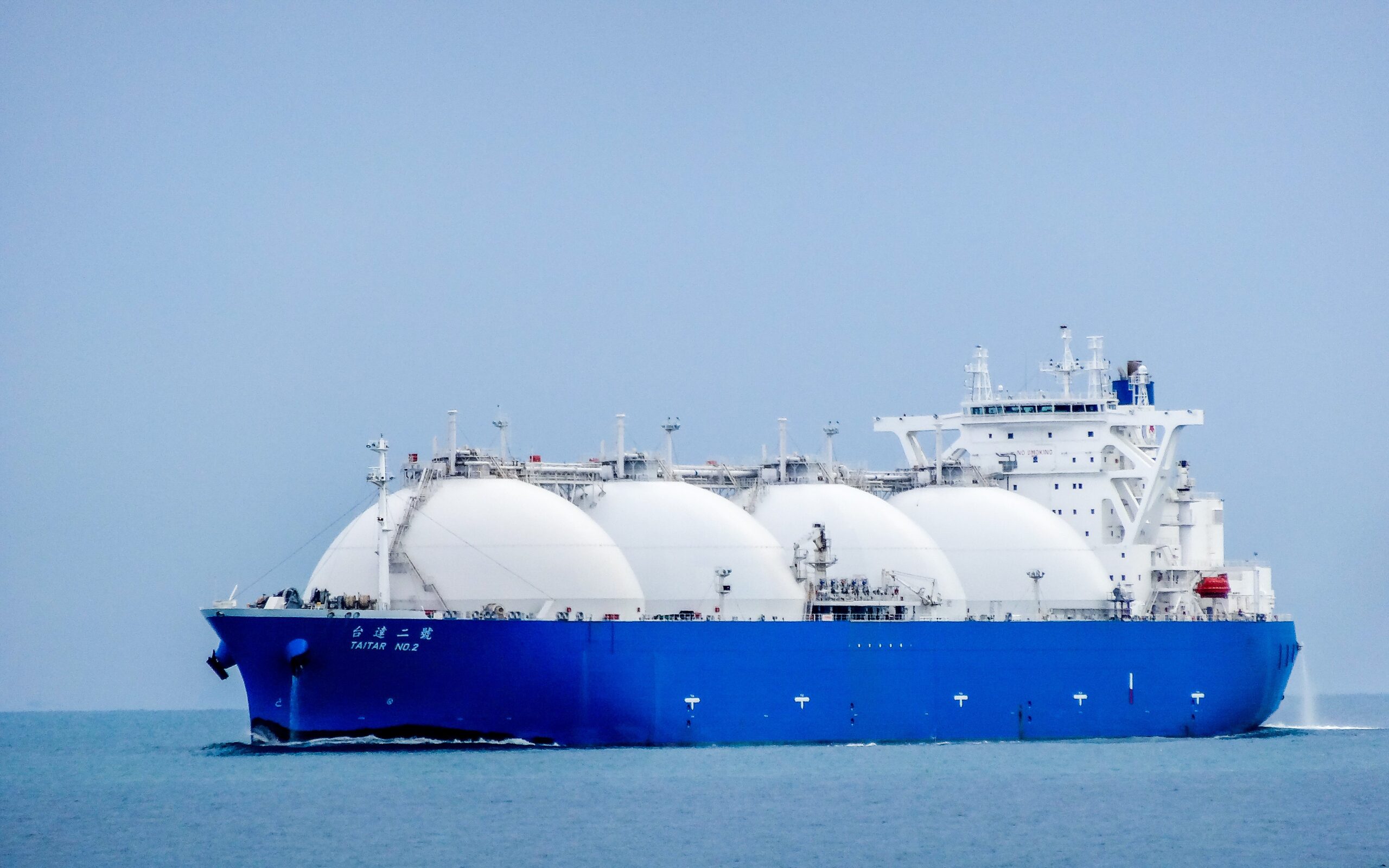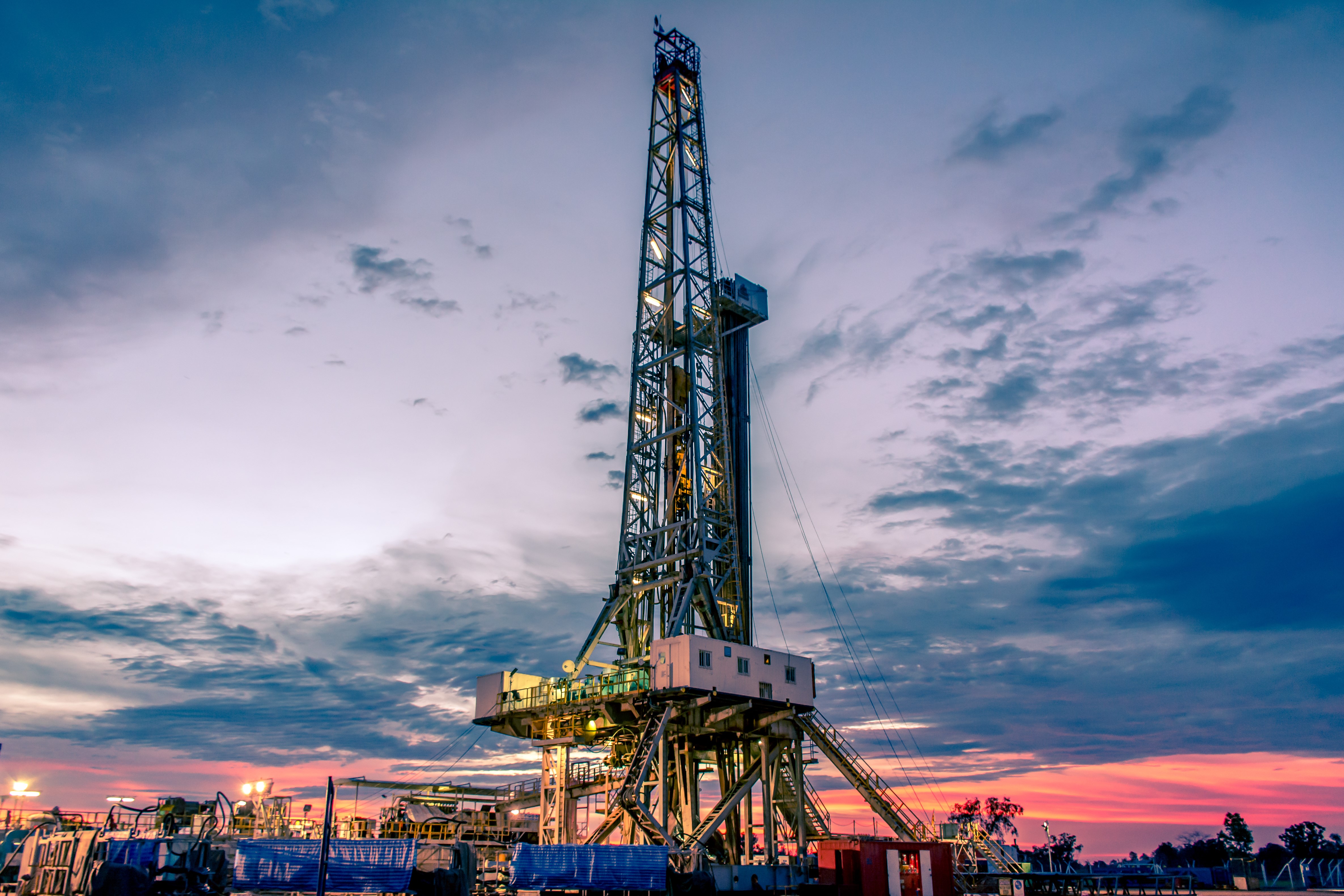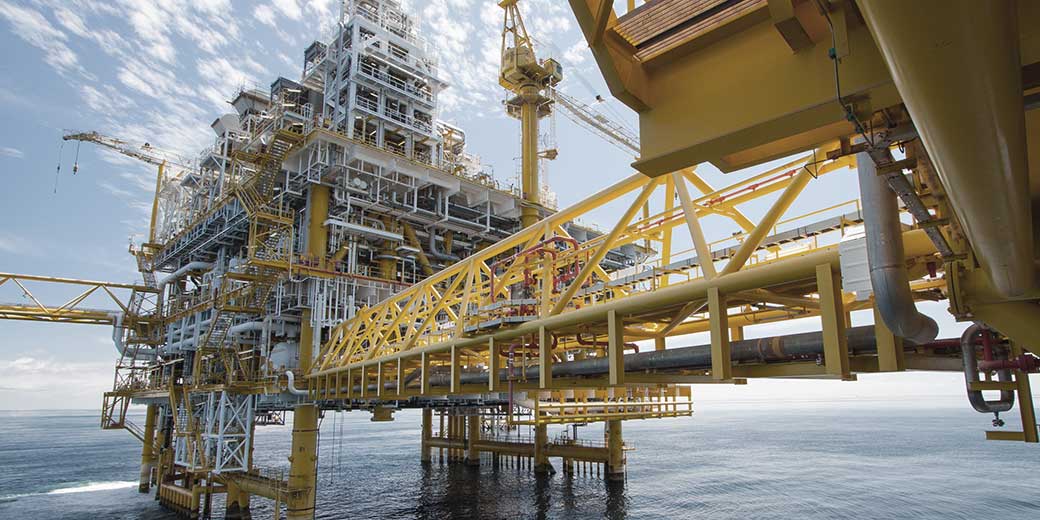
Friday 13. March 2020
Dear Investor
We are writing to give you an update on our investment solutions and on commodities more generally. Many of us may asked themselves how to behave in stressful times like these and how they should set up their portfolio for crisis mode – we sure did the same.
On a week like this, where panic selling overrides rational considerations like fundamentals or profitability, the best strategy is often to remain calm and ride out the swings until markets stabilize. If history is any indication, severe dislocations actually offer rare opportunities. Even “Champion” companies with a long outstanding track record are sharply down and such companies are masters in crisis like this.
We have reviewed the financial gearing ratios of our universe. In general terms, natural resource companies appear to have learnt from the 2008/09 Great Financial Crisis (GFC). During that time emergency asset sales, restructures and equity raisings had to be undertaken, which exacerbated the downside for many share prices. This time financial leverage is a lot more modest. Nevertheless, we have run a bearish commodity price scenario based on the 2008/09 and 2015/16 cycles.
For energy markets there is little historic precedent to oil markets experiencing both a demand and supply shock simultaneously. However, the impact of the GFC in 2008/09 and impact from breakdown of OPEC agreement during 2014-16 may be suitable extremes to consider. These would suggest a scenario of oil prices visiting $30/bl or lower and averaging 2020 in the mid-$40s. Most oil companies calculated 2020 budgets on $50-55/bl oil at the beginning of the year. However, if the markets averages $40/bl oil in 2020 operating cash flows would fall by 18-20% this year according to UBS. Integrated Majors gearing would end about 300bps higher at YE2020 at about an average of 29% net debt/cap. However, smaller players have significant higher leverage ratios. The oil universe has an avg. net debt/cap of +70%. Therefore some players will disappear, but some will consolidate and become much stronger.
The Energy Champions Fund has currently a net debt/equity of 33%, P/B of 0.7x, P/CF of 2.4x, FCF yield 2020E of 12.7% and a dividend yield of 7.6%
For miners balance sheets are stronger vs 2015 and they are generally better positioned for a period of low prices. Total net debt of the industrial miners declined by 50% between YE2015 and YE19. The UBS spot commodity price scenario still implies a FCF yield of 10%, dividend yield of +10% and an EV/EBITDA 4x. A worst case scenario (commodity prices fall again 25%) would still result in a 5% FCF yield, dividend yield of 3% and an EV/EBITDA of 8x. This is because prices of copper, aluminium, iron ore and other resources have sold off recently, but have fared better than oil and equities, incl. the share prices of the miners who dig them up. Some analysts say the more muted response from metals should ultimately be seen as positive for other markets, given their price moves are often closely aligned with economic fundamentals.
The Industrial Metals Champions Fund has currently a net debt/equity of 23%, P/B of 1.4x, P/CF of 3.6x, FCF yield 2020E of 12.2% and a dividend yield of 8.1%
The Precious Metals Champions Fund has currently a net debt/equity of 11%, P/B of 1.8x, P/CF of 6.3x, FCF yield 2020E of 8.5% and a dividend yield of 2.1%
What is important to remember, is that the natural resource industry has dealt with sharp price declines several times in recent decades. Big oil and big mining companies have invested through those cycles. And we are convinced that most of them can and will defend its dividend through this period of cyclical weakness.
Macro data and commodity demand is likely to get worse before it gets better and it is too early to tell if we will see a ‘V’, ‘U’, ‘W’ or ‘L’ shaped recovery, but we believe monetary and fiscal stimulus will drive a recovery in commodity demand/ prices in the next 6 to 12 months and see significant value in natural resource companies.
For those of you that have been following us over the years, you may remember that our main commodity fund the Gateway Natural Resources Fund lost 60% on the 2008/09 GFC, but did +90% in 2009, and +150% by 2011.
Finally, this crash is frustrating for us because we had high hopes for commodities this year. Commodities were emerging from the slowdown of the previous few years and beginning to adjust to real fundamentals.
Last but not least, remember that commodities may be unloved, but they are needed.
We are open to further discussions and may send you further information on request.
We wish you all the best and good health!
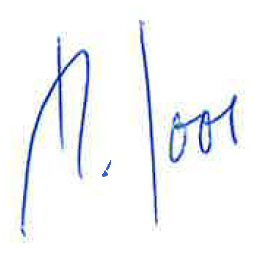

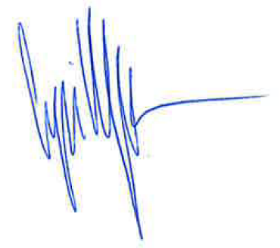
Dietrich Joos Pablo Gonzalez Cyrill Joos
Read More








